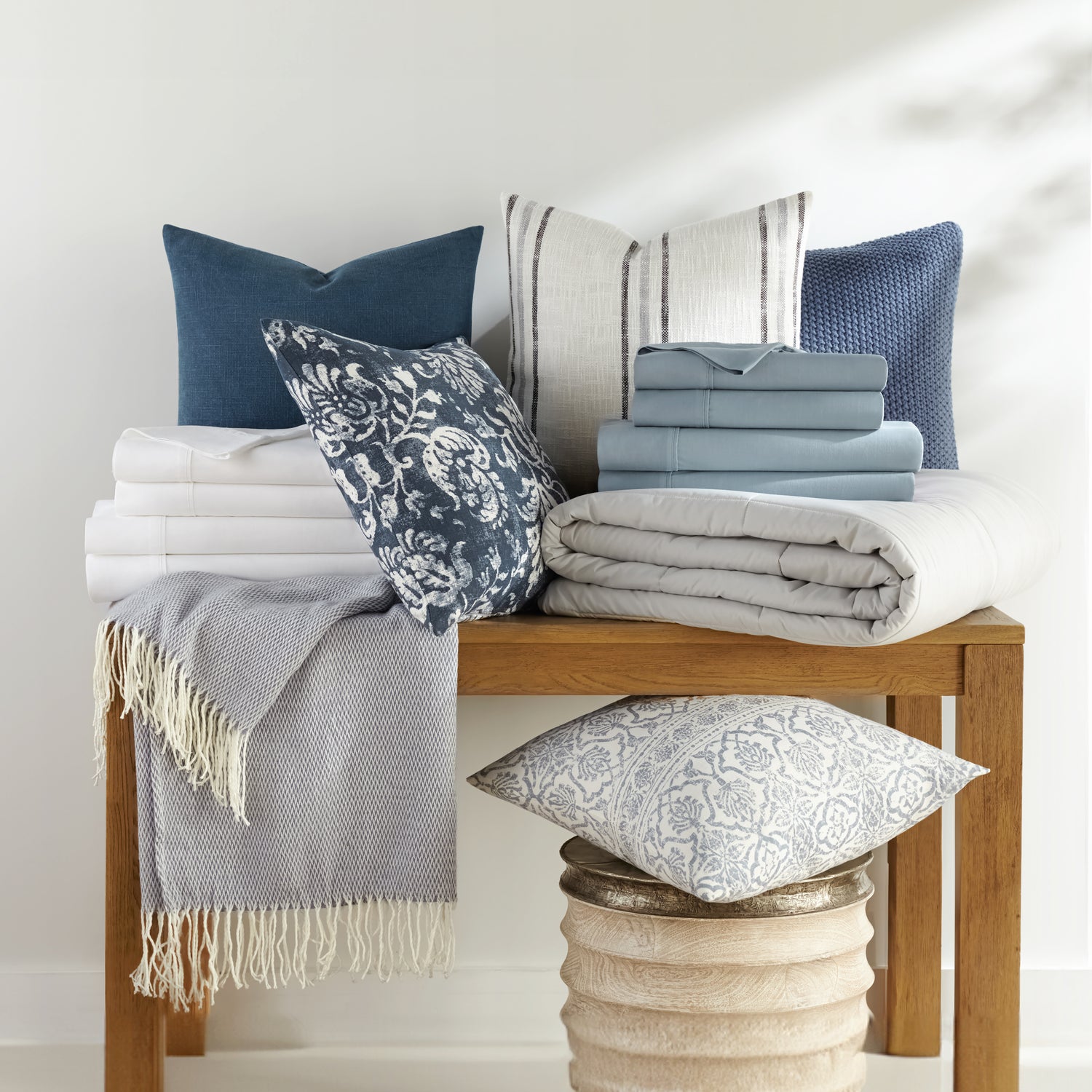Twin Bed vs. Full Bed: Which Size is Right for You?
Choosing the right bed size can make all the difference in creating a comfortable and functional bedroom. If you're torn between a twin and a full bed, you're not alone—both options have distinct advantages depending on your needs and space. Whether you're furnishing a small bedroom, guest room, or deciding what’s best for a growing child, understanding the differences between a twin and full bed is key.
In this post, we’ll explore the pros and cons of each size, from their dimensions and comfort to their suitability for different spaces and sleeping preferences. By the end, you'll have a clear idea of which bed size will give you the perfect balance of comfort and practicality. Keep reading to find your ideal fit!
Table Of Contents
- What is a Twin Bed?
- What is a Full Bed?
- Key Differences Between Twin and Full Beds
- Comfort: Which Bed Offers More?
- Room Size and Space Considerations
- Who Should Choose a Twin Bed?
- Who Should Choose a Full Bed?
- Price Comparison: Twin vs. Full
- Conclusion
What is a Twin Bed?
A twin bed is typically the smallest standard size for a single sleeper. It measures 38 inches wide by 75 inches long. It’s perfect for a single person, especially in a small room. You’ll often see twin beds used in children’s rooms, dorms, or guest rooms where space is limited.
A twin bed’s compact size allows for easy setup in tight spaces. If you're looking to maximize floor space in a small room or need an extra bed for guests, a twin is an excellent choice. It’s also more affordable compared to larger beds, making it a good budget option for individuals or families.
What is a Full Bed?
A full bed, also called a double bed, is larger than a twin. It measures 54 inches wide by 75 inches long, offering 16 inches more width but the same length as a twin. This extra space makes it a better choice for a single person who likes a bit more room to spread out or for a couple looking to share a bed in a smaller space.
While a full bed is still relatively compact, it provides more space for comfort. It's a great option for teens, young adults, or anyone who might find a twin bed too narrow. It also works well in rooms that are a little bigger but still don’t have the space for a queen or king-sized bed.
Key Differences Between Twin and Full Beds
The most obvious difference between twin and full beds is size. A full bed is wider, making it a more comfortable choice for someone who wants more space. The extra width can be beneficial for those who tend to toss and turn at night or prefer additional room to sleep.
Another key difference is space efficiency. A twin bed is ideal for small rooms, leaving more space for movement and furniture. A full bed, while still compact, takes up more room and may feel overwhelming in very small bedrooms.
Comfort: Which Bed Offers More?
Comfort depends on personal preference. A full bed provides extra width, making it a better fit for those who like to spread out. However, a twin bed can still be comfortable for a single sleeper who doesn’t require a lot of space.
If you're a small adult or a child, a twin bed may be more than enough. Twin beds are also easier to find in supportive, comfortable mattress options. However, if you prefer more space to move while sleeping, a full bed would be a better choice.
Room Size and Space Considerations
Room size plays a major role in choosing between a twin or full bed. A twin bed works well in small spaces like studio apartments, dorms, or children's bedrooms, leaving room for other furniture.
A full bed, while larger, is still a good fit for average-sized rooms. If you want extra comfort but still need some space for nightstands and dressers, a full bed is a solid choice. However, if your bedroom is particularly small, a full bed might make the space feel cramped.
Who Should Choose a Twin Bed?
- Children and Teens: Twin beds are perfect for kids and growing teenagers.
- Small Spaces: Ideal for compact rooms, dorms, or studio apartments.
- Budget Shoppers: More affordable than larger beds.
- Guest Rooms: Great for providing an extra sleeping space without taking up too much room.
Who Should Choose a Full Bed?
- Single Adults: A full bed provides more sleeping space while still being manageable in a small-to-medium room.
- Growing Teens: A great upgrade for teenagers who need more room to sleep comfortably.
- Couples: While a full bed is compact, it can accommodate two people if necessary.
- Guest Rooms: A full bed offers better comfort for overnight guests compared to a twin.
Price Comparison: Twin vs. Full
Twin beds are generally more affordable due to their smaller size. They require fewer materials, making them cheaper to produce. This makes them an excellent budget-friendly option.
Full beds, while slightly more expensive, offer additional comfort and space. If budget allows, investing in a full bed can be worthwhile, especially for those who value extra sleeping room.
Conclusion
Choosing between a twin and a full bed depends on your space, budget, and comfort preferences. A twin bed is perfect for small rooms, kids, or those looking for a cost-effective option. A full bed is better for single adults, growing teenagers, or couples who need extra space without upgrading to a queen.
Ultimately, the best bed size is the one that fits your lifestyle, room dimensions, and sleeping habits. Now that you understand the differences, making the right choice will be much easier!


